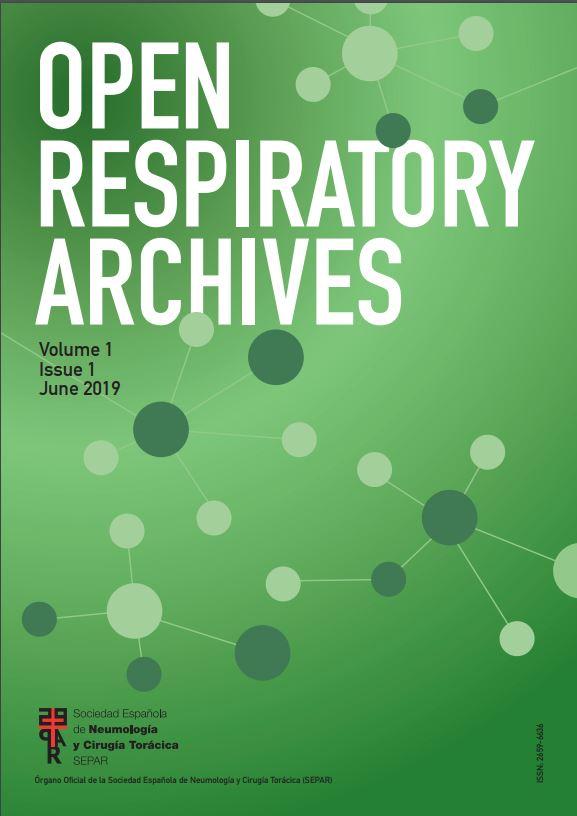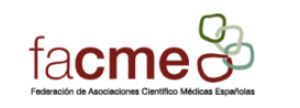Treating smoking is one of the most frequent challenges faced by clinicians in their daily practice. Its chronic and addictive nature makes it a difficult disease to address and it is essential to have tools to overcome the obstacles that appear in the smoking cessation process. One of these tools consists of having manuscripts based on scientific evidence about the safety and efficacy of the four first-line drugs for the treatment of nicotine dependence. For this reason, the Spanish Society of Pneumology and Thoracic Surgery (SEPAR) has developed several guidelines for the smoking treatment.1,2 However, recent changes in diagnosis and treatment of this disease have made it necessary to update a new document.3 Given the large number of randomised clinical trials, observational studies, systematic reviews and meta-analyses regarding smoking cessation drugs, the SEPAR Clinical Practice Guideline was decided as the manuscript that best synthesises the existing knowledge.4 Among its main contributions, the following stand out:
- (a)
Its scientific rigour: it provides recommendations based on 76 systematic reviews, 15 randomised clinical trials and 7 other studies that answer 12 PICO questions on the efficacy and safety of the 4 pharmacological smoking treatments (varenicline, nicotine replacement therapy, bupropion and cytisine).
- (b)
Its international projection, representing a useful document for professionals from all over the world. It includes treatments such as bupropion and varenicline which are not currently marketed in Europe, but used by health professionals in America.
- (c)
The incorporation of new anti-smoking drugs such as cytisine, in contrast to other recommendations.5 However, the limited scientific evidence available on cytisine in terms of dose modification, duration or combined use with other drugs makes it impossible to include it as a method to increase the effectiveness of smoking cessation interventions in populations with comorbidities.
- (d)
The inclusion of strategies to improve the effectiveness of smoking cessation medications: Although treatment with varenicline, bupropion, NRT and cytisine in monotherapy triples the chances of a smoker quitting, less than half succeed. This guideline demonstrates that optimising these drugs by modifying their dosage, duration or combined use could increase their effectiveness without having more side effects. Thus, this guideline shows that the most effective options, especially in smokers with high nicotine dependence are the combination of two drugs (preferably NRT plus varenicline), extending the duration of varenicline or cytisine and increasing the dose of NRT with patches or chewing gum.
- (e)
The introduction of pharmacotherapy of smoking cessation in special populations or situations.
- (f)
The publication of two easily understandable algorithms (one at baseline and one during follow-up) and a summary of GRADE recommendations on pharmacological treatment of smoking obtained from the systematic review allow the best pharmacological option to be chosen.
These algorithms reflect the role of two diagnostic variables: (a) previous quit attempts: the choice of smoking cessation drug is influenced by the presence or absence of prior withdrawal symptoms; (b) nicotine dependence. These variables decide to intensify treatment in the smoker.
In conclusion, the SEPAR Tobacco Control Group has produced a new Practical Guide to the smoking treatment which, based on an extensive review of the most relevant studies and meta-analyses, provides a series of recommendations, using practical and simple algorithms, on the therapeutic intervention for smoking quitting in smokers without and with associated pathologies. We hope that this Guide will be useful for all healthcare professionals who deal with smoking in their routine clinical practice.
FundingNone of the authors have received funding.
Authors’ contributionsAll authors contributed equally to the conception, writing, revision, and final approval of the manuscript.
Conflicts of interestCAJ-R has received honoraria for presentations, participation in clinical studies and consultancy from: Aflofarm, Bial, GSK, Menarini and Pfizer.
JIG-O has received fees for speaking, scientific consulting, clinical study participation, or publication writing for the following: Astra Zeneca, Chiesi, Esteve, Faes, Gebro, Menarini, and Pfizer.
CR-C has received honoraria for speaking engagements, sponsored courses, and participation in clinical studies from Aflofarm, GSK, Menarini, Mundipharma, Novartis, Pfizer, and Teva.





